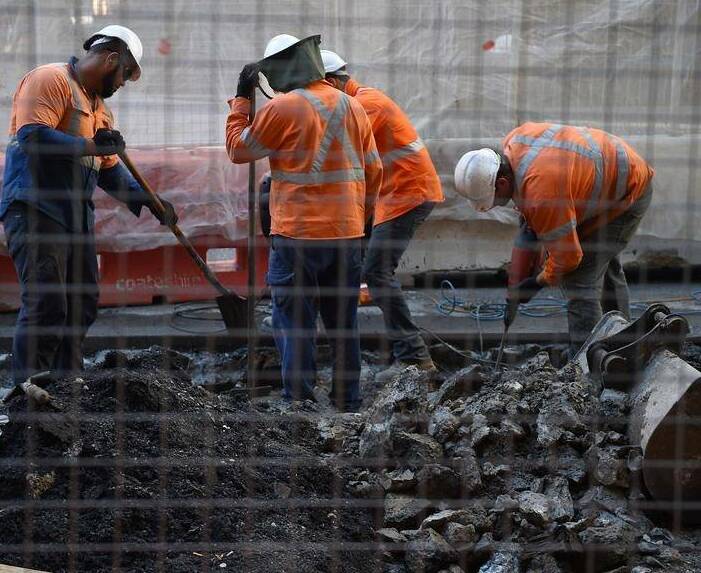THE job market has taken a swing toward security, with the latest monthly regional workforce figures showing a trend in full-time roles.
According to Australian Bureau of Statistics Labour Force data, part-time jobs across the Hunter fell by 9200 from July to August, while full-time jobs grew by 4400.
The swing may be a reflection of cost of living pressures, Business Hunter chief executive Bob Hawes said.
"Some part-time workers may in fact want to be working full-time and successfully gained positions, and some workers may not be getting as many shifts as they would like and those jobs have been lost," he said.
"In some sections of the market we are likely in a situation where more people want to work to deal with the rising cost of living, but the right full-time job creation is not keeping pace."

Demand for workers remains strong, with the Jobs and Skills Australia Internet Vacancy Index rising slightly in the Hunter last month to just under 7000 jobs.
While the region has recorded a 1.3 per cent increase across the last 12 months, job ads in the nation's capital cities have fallen by more than 10 per cent.
Mr Hawes said the figures highlighted the difficulties regional areas are having filling vacancies, partly due to a lack of affordable and available accommodation.
"Access to housing for workers is consistently one of the top issues raised by business, highlighting an urgent need for solutions," he said.
"Workforce shortages have an impact on existing workers, productivity, competitiveness and in particular sectors such as health and social care, dire consequences for our community."
Job ads in the Hunter have grown by 113 per cent since August 2019 and a whopping 132 per cent since the start of COVID-19 in February 2020.
Education, hospitality, drivers and store workers, carers, medical practitioners and nurses and construction and mining job ads have all seen strong growth over the same period.
The same goes for hospitality, retail and service managers, automotive and engineering trades workers and sales assistants.
Mr Hawes said these areas of growth are consistent with professions that were highlighted through COVID, or have experienced leakage to higher-paying industries.
Monthly unemployment figures have remained relatively stable, increasing by half a per cent in the Hunter Valley, from 1.8 per cent to 2.3 per cent.
Similarly in Newcastle and Lake Macquarie, figures increased from 2.9 per cent to 3.5 per cent.
The Hunter continues to outperform national unemployment at 3.7 per cent and the state at 3.6 per cent.
On the other hand, youth unemployment has softened considerably, with Newcastle and Lake Macquarie rates returning to double digits at 11.6 per cent, up from 7.2 per cent in July.
In the Hunter Valley it increased to 7 per cent, up from 5.1 per cent in July, impacting both full-time and part-time roles.
"Youth participation rates remain high, however, owing to population growth, the number of youth unemployed still sits at over 7,300, close to the level pre-pandemic of 7,700 when youth unemployment overall was above 10 per cent," Mr Hawes said.







